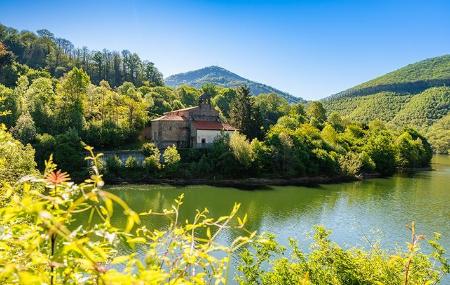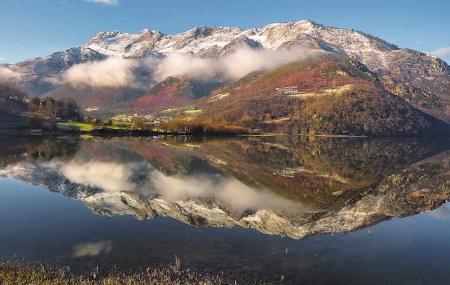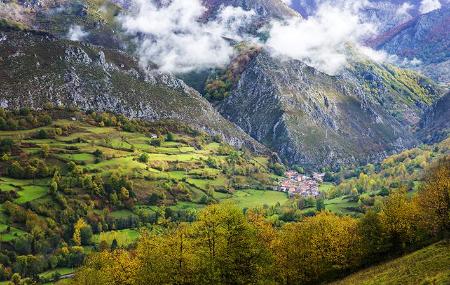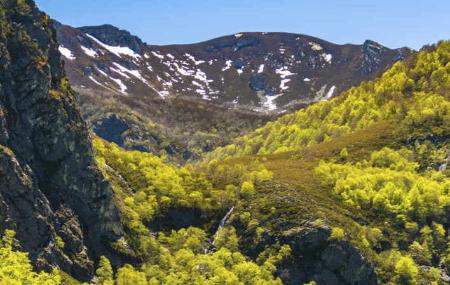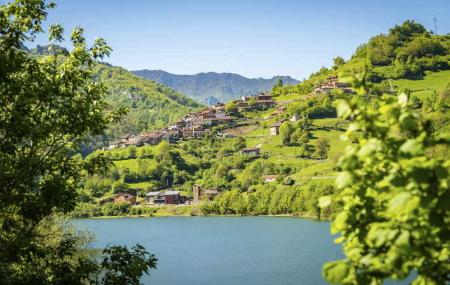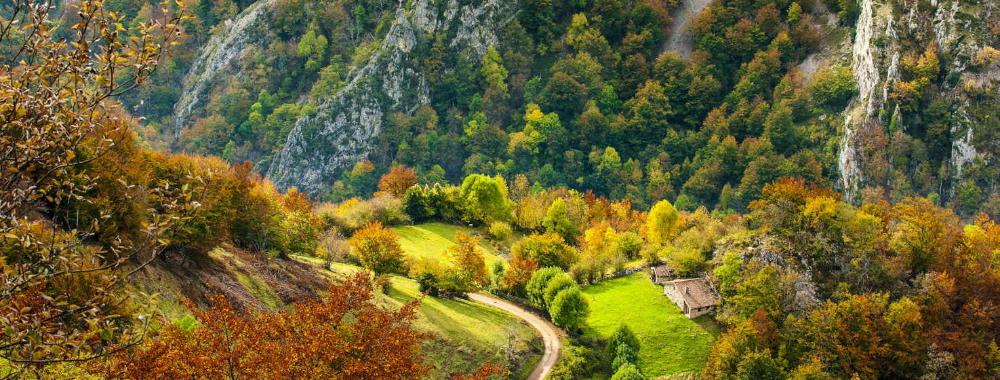
Redes Natural Park
- Title Caso y Sobrescobio Asturias Centre
- Extension Extension: 376 km 2
- Maximum elevation Maximum elevation: 2,002 m. in La Rapaína
Images
What to see
La Nalona Fountain and Ubales Lake.
Tabayón de Mongayo Route and Brañagallones Route.
Arrudos Gorge and Tiatordos.
Casa del Agua ( Sobrescobio).
Route of the Alba.
Deboyo Cave Natural Monument.
Museum of Wood and Museum of Beekeeping.
Casín Cheese PDO.
Info
In the Redes Natural Park, dogs must be under the effective control of their owner, kept on a leash, except for herd guarding dogs, hunting dogs and guide dogs.
Declared a Natural Park in 1996, and recognised by UNESCO as a Biosphere Reserve in 2001, the Redes Park occupies the central-eastern area of the Principality of Asturias.
Its environmental wealth is manifested in a multitude of landscapes and contrasts. You can even see formations of glacial origin, such as moraines or cirques, karstic forms in caves, and extensive fields of pasture and woodland. Redes has a wooded area that occupies 40% of the territory.
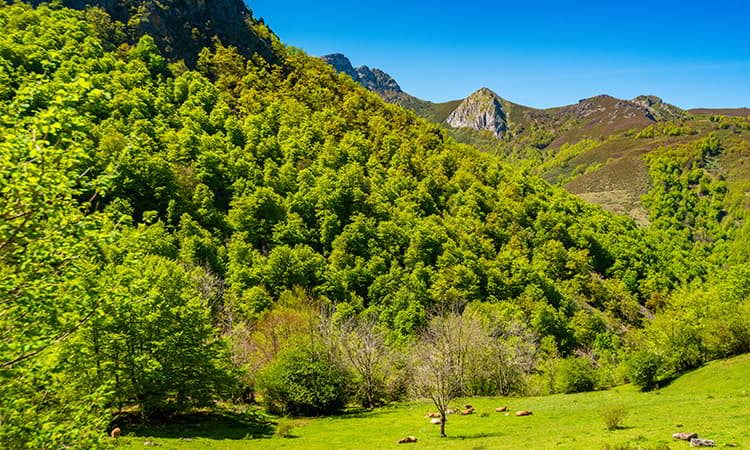
The most outstanding peaks are Retriñón, Peña'l Vientu, Cantu l'Osu, Tiatordos and Rapainal, the highest point in the park at 2,002 metres. The action of the rivers has given rise to the appearance of open valleys that form large meadows at their bottoms or to the impressive limestone rock gorges, such as the Alba river or the Arrudos river, main destinations for families who love hiking. One of the most impressive places in the park is in its upper area: easily accessible from the village of Bezanes and isolated by the mountainous buttresses, at 1,215 m. is the Brañagallones meadow.
In the Redes Park you can find all the characteristic species of the north of the peninsula, the brown bear, the capercaillie and the wolf; and you can also find the largest populations of chamois and deer in Asturias. The beech forest is the dominant plant formation in the Redes mountains, although they are home to important patches of sessile oak.
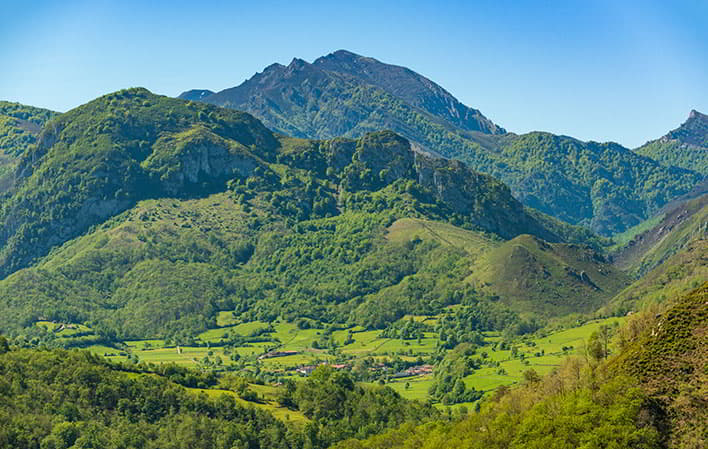
PROHIBITED ACTIVITIES
- Disturbing the fauna or damaging the flora.
- Free camping, caravans or other mobile shelters (except bivouacking in ZUG, ZUA and ZAM).
- Water activities such as canyoning, white water rafting, rafting, etc., as well as recreational uses and bathing in lakes and reservoirs.
- Sporting activities with motor vehicles.
- Aerial sports activities such as gliding, parachuting, paragliding and similar activities.
Plant life
An important part of Redes is covered by forests where beech is the dominant formation, although there are also outstanding patches of sessile oak. These forests alternate with areas of pasture and scrubland, especially in the upper basins of the river Nalón. In different parts of the park there are ash, yew, birch and holly trees.
In the high mountains, scrubland predominates, with creeping juniper as a common species. Depending on the type of terrain, bearberry can be found in limestone areas and heather and bilberry in siliceous soils.
Wildlife
The Redes Park is home to all the characteristic species of the north of the peninsula. The wolf is abundant throughout Redes, with stable breeding areas. We also find the largest populations of chamois in the region and reintroduced and perfectly adapted deer. The magnificent capercaillie, Egyptian vultures, golden eagles and an endless number of birds, reptiles and amphibians benefit from the conservation status of the park.
Map
Location
The Redes Natural Park is located in the central-eastern mountain sector, and covers the municipalities of Caso and Sobrescobio.
CI of the Nature of the Natural Park of Redes (Caso)
Práu la Feria
33990 El Campu
Telephone 985 608 022 / 985 608 145
Sobrescobio Water House
33993 Rusecu/Rioseco
Telephone 985 652 132 / 610 574 320

